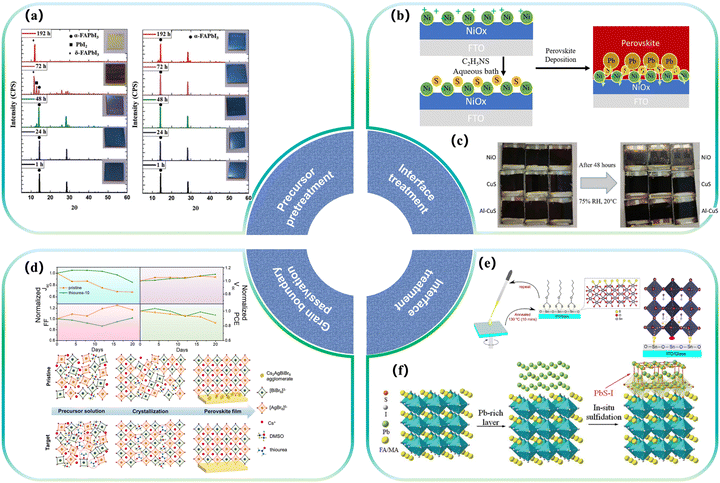Cheng Wang, Riming Nie, Yiming Dai, Huanyu Tai, Bingjian Zhu, Luyao Zhao, Yong Wu, Wanlin Guo, Sang Il Seok
Energy & Environmental Science , 17, 1368-1386, 2024.
Abstract: Perovskite solar cells have attracted much attention due to their rapidly increasing power conversion efficiency, however, their poor inherent long-term stability limits their commercialization. One of the reasons for the low stabilities of halide perovskites can be attributed to the weak ionic binding energy between the monovalent halide and divalent lead ions. Here, we present an overview of several strategies for combining chalcogenides and halides to enhance the inherent stability of perovskite materials. Firstly, incorporating chalcogenides into halide perovskite materials can improve their ionic binding energies. However, it is important to note that this method can only improve their stability somewhat. Secondly, the exploitation of chalcogenide perovskite materials has the potential to significantly improve the inherent stability of perovskite materials. Nevertheless, their efficiencies remain relatively low, and the device fabrication needs high-temperature annealing and expensive experiments. Thirdly, the concept of combining chalcogenides and halides to create new perovskite materials shows promise, however, there is still limited research in this direction. Finally, we offer a perspective on the future development direction and trends of these three research areas.

Link: https://pubs.rsc.org/en/content/articlehtml/2024/ee/d3ee03612j